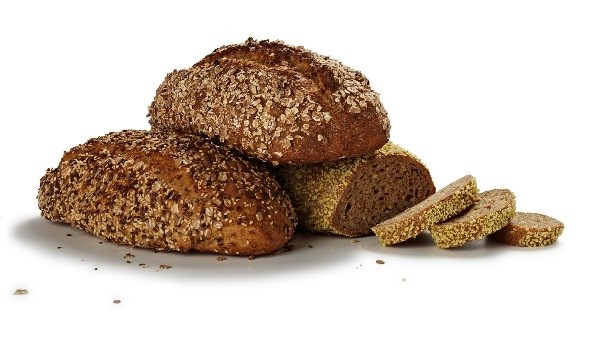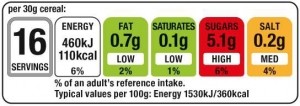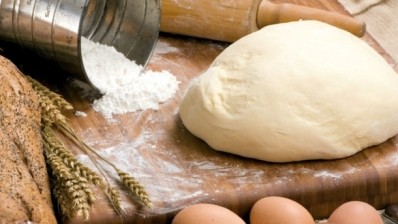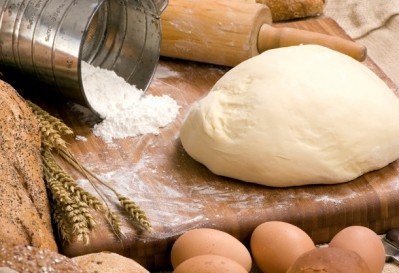Salt levels drop in Danish bread; but artisans slow the rise

A recently published study by the NFI, undertaken in collaboration with the Food and Drug Administration, reports salt content in industrially-produced supermarket wheat and rye breads has declined, but claims few small bakers and artisans have taken up the challenge.
The NFI found that three out of four of the industrially-produced wheat bread and virtually all rugbrødene (rye bread) produced in Denmark meet Keyhole requirements for salinity.
Key to health
Keyhole is a nationally recognised nutritional symbol among Danish consumers that requires a maximum of 1g of salt per 100g of wheat bread, and 1.2g of salt per 100g of rye bread.
In 2014, almost 76% of industrially-produced wheat bread from supermarkets met that measure, compared with only 25% in 2009.
Industrially-produced rye breads meeting the criteria increased to 95% in 2015 from 66% in 2009.
Conversely, only a third of rye bread and a quarter of wheat bread from bakeries complied with the Keyhole label maximum limits.
Heart of the matter
According to the NFI, the recommended the daily intake of salt should be no more than 5-6g.
However, a national survey on the Danish diet found that men consume an average of 9-11g of salt per day, while women eat around 7-8g daily, which puts the population at risk of developing a number of cardiovascular diseases.
As bread is one of the big contributors to these high levels of salt, the Salt Partnership launched an initiative with several partners, including the Heart Association, the Food Agency and the Consumer Council, to urge Danish manufacturers to voluntarily reduce the salt content in their products.
Cooperating in every way
According to Coop Damark’s quality manager Karin Frøidt, 80% of total sales of rye bread, made in Coop’s own bakeries in Kvickly and SuperBrugsen, now meet the salt content.
She told BakeryAndSnacks that Coop works closely with its members, who collectively have more than 400 instore bakeries, to develop new formulations.
This puts the cooperative ahead of its competitors, she claimed.
Many of the smaller bakeries and artisans don’t have the time or access to research on new low salt formulations that won’t affect the overall organoleptic qualities of bread. This is a time consuming practice, as only small steps can be taken, said Frøidt.
“You can’t instantly readjust the formulation as the consumer will immediately notice the change and won’t approve of the product’s taste, appearance or texture,” she told us.
Frøidt said it is in the Coop’s interest to ensure that everyone in the bread industry follows suit.
“Our long term goal is that all the bread we sell must meet salt listing requirements and a higher level of keyhole criteria, but we will do it in a way so that we do not compromise on customers’ love of good food," she said.
This should be a joint effort to stall the global trend – that’s also being felt in Denmark – of declining bread consumption, ended Frøidt.
The UK’s Co-operative Group has also adopted a nutrition grading system to make it easier for customers to identify healthier foods. The traffic light system denominates low, medium and high levels of fat, saturated fat, sugar and salt, using green, amber and red lights.












